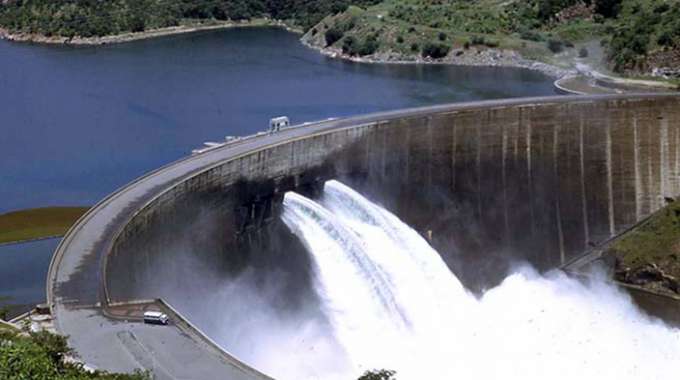
Oliver Kazunga, Senior Business Reporter
THE Zambezi River Authority (ZRA) has increased water allocation for electricity generation in Zimbabwe and Zambia following improved water inflows into Kariba Dam.
This means Kariba Hydro Power Station is set to increase output, which is good news to industry as power supply is one of the key enablers. Adequate power supply might result in reduced power imports thereby saving the country the much needed foreign currency.
In a statement, ZRA chief executive officer Engineer Munyaradzi Munodawafa said water levels at Kariba Hydro Power Station was increased by four billion cubic meters (4BCM) after a review of the hydrological outlook.
He said the additional water allocation would be shared equally between the Zimbabwe Power Company (ZPC) and Zambia Electricity Supply Corporation (Zesco), adding that the authority will continue to monitor the hydrological outlook at Kariba.
“Following a review of hydrological outlook at Kariba undertaken at the end of the second quarter of 2020, the authority has since increased the water allocation for power generation operations at Kariba by 4BCM,” said Eng Munodawafa.
The water levels at Kariba Dam, which reached a peak of 481,30 metres on the 30th of June have, however, started receding with the recession expected to continue until the next rainfall season.
“This is an upward review of the combined water allocation for the year from 23BCM to 27 BCM. The Authority will continue to monitor the hydrological outlook for the Kariba catchment and water levels at the Kariba Dam,” he said.
The rehabilitation works at Kariba Hydropower Plant were completed in 2018 resulting in the plant’s installed capacity improving to 1 050MW from 750MW.
Presenting the 2020 mid-term fiscal policy statement last Thursday, Finance and Economic Development Minister Professor Mthuli Ncube said there was a relative improvement in electricity generation during the first quarter of 2020 compared to the last quarter of 2019, with total power generated amounting to 1 294 GW/h, up from 1 226 GW/h.
“The improved generation combined with consistent imports resulted in reduced load shedding.
“The generation performance is, however, lower when compared to the same period last year.
“This reflects the planned reduced operating levels at Kariba Power Station in order to allow the dam to fill up following a drastic fall in reserves of usable water,” he said.
In line with this, ZRA allocated about 11BCM to Kariba Power Station, which is consistent with a generation capacity of 275MW/h.
On a positive development, the Lake Kariba level has continued to rise steadily during the quarter, closing at 478m (19,20 percent of usable storage).
The recovery has been supported by an increased flow of water into the dam following normal to above normal rainfall in the Zambezi water catchment areas. — @okazunga
